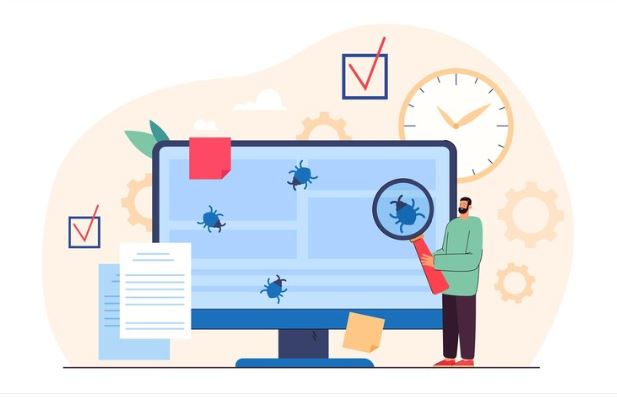Several Important Tips For Website Testing
Have you decided to create a website for your business yourself? Not many people decide to take such a step, but in global terms this is only half the battle. It should be remembered that behind the correct performance there are constant checks of the site for errors and bugs. Most likely, you want users to avoid problems when using your site. Website testing in general is crucial to ensure your website is working properly and provides a positive user experience. In this reflection you will find useful tips for successful testing.
Contents
What is web testing?
Web application testing, or web testing, is a critical practice that ensures the quality of your site. It includes different tests to verify functionality and performance against defined requirements. Test website functionality allows you to identify and eliminate errors, traffic load issues, integration issues, functional failures, security issues, and other potential risks. This is a critical stage performed both before the product’s launch and during its subsequent maintenance.
Tips for Successful Website Testing Include:
1. Develop a clear testing strategy
A test strategy is a kind of map covering all testing aspects. It should contain clearly defined objectives, a scope of testing, the required resources, and a time frame for achieving the best results. The strategy is developed in collaboration with stakeholders and must be aligned with the overall project goals, ensuring consistency and efficiency of the testing process.
2. Emphasis on compatibility testing
Websites can display differently in different browsers, so compatibility testing is critical. Make sure your website works flawlessly across browsers and platforms. Run thorough tests to identify and fix display or functionality issues across browsers.
3. Adopt the user’s perspective
This principle provides users with the convenience of using the site. Conducting surveys for data processing and analysis will provide a deep understanding of how users interact with your site, as well as understanding where improvements can be made to optimize the user experience. If you don’t know how to do this correctly, don’t be lazy to visit TestFort to find out the details of website testing and get a personal consultation.
4. A combination of testing
Applying manual and automated testing methods to your process will produce the desired result. Automation saves time on repetitive tasks like regression testing, while manual checks provide humans with valuable insights into aspects of usability that machines might miss.
5. Conduct security testing regularly
Safety is always the most important treasure. Regular security tests will help identify potential vulnerabilities and protect your website from possible threats.
6. Use test data
Realistic test data that reflects a variety of usage scenarios is essential for effective testing. This allows timely detection of possible problems in actual product use conditions.
7. Test integrations with other systems
Ensuring these integrations work smoothly is essential if your website integrates with other systems or services (e.g., payment gateways, CRM systems). Identifying problems at this level will help avoid severe disruptions to your site.
8. Monitoring in real time
Use real-time monitoring tools to ensure your website’s stability and performance. This will allow for quick detection and resolution of issues, ensuring uninterrupted site operation for users.
9. Analysis of error reports
To effectively manage your website, it is recommended that you regularly review and analyze error and crash reports. This will allow you to quickly identify defects and shortcomings and take immediate measures to correct them, ensuring the site’s smooth operation.
10. Documentation of the testing process
Maintaining detailed testing process documentation, including plans, reports, and results, is essential. This will promote transparency in task performance and facilitate the identification and elimination of problems in the future. A systematic approach to document testing guarantees the reliability and performance of your website.
The main reasons why website quality testing is essential are:
- Detection of errors and problems: Testing helps find and fix functionality, design, and content mistakes before launching the site;
- Ensuring compatibility: Testing on different devices and browsers ensures the site’s stable operation for all users;
- Improve user experience: Identifying problems with navigation and loading speed helps improve the site’s usability;
- Ensuring security: Identifying and eliminating vulnerabilities ensures protection of users’ confidential information;
- Reputation support: A reliable site contributes to a positive brand reputation and avoids problems with access and functionality;
- Cost-Effectiveness: Early detection of problems avoids the cost of subsequent corrections after launch.
Conclusion
Testing is an integral part of software development and maintenance. It improves productivity and accuracy, but choosing the right tools and following best practices is critical. It’s essential to automate testing to ensure accurate and reliable results that help your web application function successfully.





